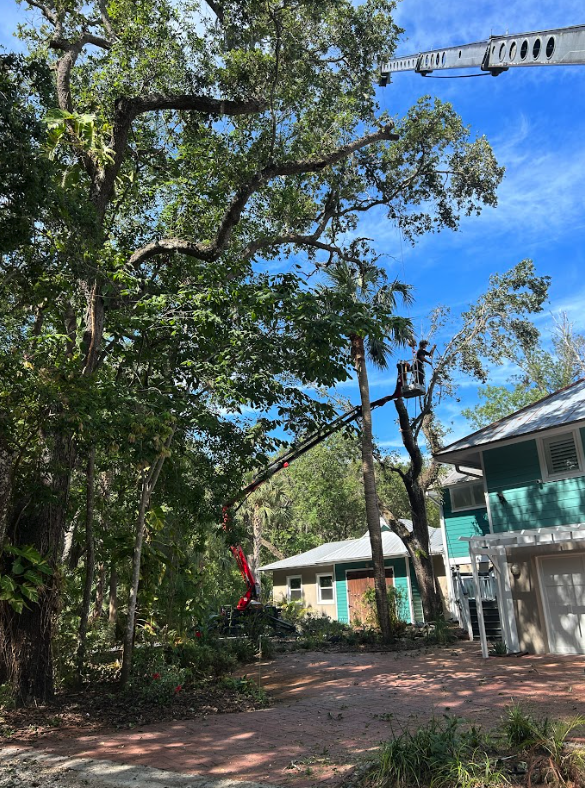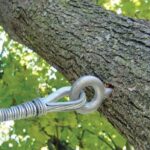Is My Tree Safe? Understanding Tree Safety and Taking Necessary Precautions
Having trees on your property can bring beauty, shade, and numerous environmental benefits. However, ensuring the safety of your trees and the surrounding area is of utmost importance. Assessing the safety of a tree requires careful observation and, in many cases, consultation with a professional arborist. In this article, we will explore key factors to consider when evaluating the safety of your tree and the necessary precautions to take.

Visual Inspection
Begin by visually inspecting the tree from a distance. Look for any noticeable signs of concern, such as:
- Leaning: If the tree is leaning significantly, it could indicate potential instability and an increased risk of falling. Consider the direction and extent of the lean.
- Cracks and Cavities: Check for large cracks or cavities in the trunk, branches, or main stem. These can weaken the tree’s structure and potentially lead to branch or tree failure.
- Dead or Dying Branches: Observe the canopy for dead or dying branches. Brittle branches can break and fall unexpectedly, posing a safety hazard.
- Fungal Growth: Take note of any visible fungi, such as mushrooms or conks, on the tree. Fungal growth can indicate internal decay, compromising the tree’s stability.
Ground Inspection
Examine the area around the tree for signs of potential issues:
- Root Problems: Look for exposed or damaged roots, excessive soil uplift, or signs of root rot. These issues can weaken the tree’s stability and increase the risk of uprooting.
- Soil Disturbance: Check for any recent changes in the soil around the tree, such as heaving or sinking, which may suggest underlying issues.
Professional Arborist Assessment
While a visual inspection is helpful, it is recommended to consult with a professional arborist for a comprehensive assessment. Arborists have the knowledge and experience to evaluate tree health, structural integrity, and potential risks. They can identify hidden problems and recommend appropriate actions.
Regular Maintenance
Proactive tree care through regular maintenance is crucial for tree safety. Consider the following:
- Pruning: Regular pruning helps maintain proper branch structure, eliminates deadwood, and reduces the risk of falling branches.
- Tree Health: Ensure your tree receives proper care, including watering, fertilization, and protection against pests and diseases. Healthy trees are more resilient and less likely to pose safety concerns.
- Monitoring: Regularly monitor your tree for any changes or signs of decline. Promptly address any issues that arise.
Emergency Preparedness
In the event of severe weather conditions or storms, it is important to be prepared. Consider the following:
- Clear Surroundings: Remove any potential hazards, such as weak branches or objects that could be propelled by strong winds.
- Stay Informed: Stay updated on weather forecasts and be aware of any storm warnings. Take appropriate action to protect yourself and your property.
- Contact Professionals: If you have concerns about a tree’s safety or if it has suffered damage due to a storm, contact a professional arborist for immediate assistance.
In conclusion, assessing the safety of your tree requires a combination of visual inspection, professional assessment, regular maintenance, and emergency preparedness. Taking necessary precautions and seeking professional guidance will help ensure the safety of your tree and the well-being of your property. Remember, when in doubt, consult with a certified arborist for expert advice tailored to your specific situation.




